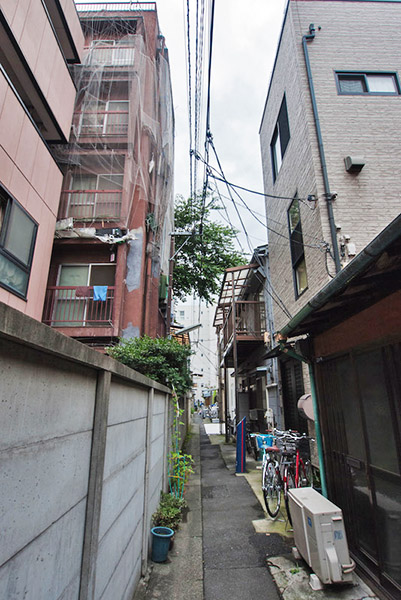Tokyo's plan to fireproof older neighbourhoods

Tokyo is pressing ahead with a 10-year plan to fireproof the older, densely packed neighbourhoods that dot the city.
January 17th marked the 20th anniversary of the Great Hanshin Earthquake. Many of the casualties were caused by fires spreading throughout tightly packed neighbourhoods of wooden homes. A fire that broke out after the quake in Kobe’s Nagata-ku burned for three days and destroyed 4,759 homes.
Suginami-ku
Just south of Asagaya Station in Suginami-ku is a neighbourhood of wooden homes built immediately after WWII. Many are located alongside small pathways and narrow roads not accessible by vehicles. Firetrucks cannot access many of the homes, which means fire can spread easily, placing residents at risk.
Under the Building Standards Act, when building a new home or altering an existing home alongside a narrow road, the land must be set back by 2 meters from the centre line of the road. Ideally all houses along the street would eventually do the same and the road would become 4 meters wide - enough to allow cars to pass through. However, many residents put flowerpots or park their cars on this setback portion of the road, rendering it useless.
In 2015, the local council plan to introduce regulations that would allow for the compulsory widening and levelling of roads. The land would not be purchased by the council, and landowners would not receive any compensation.Read more
